1. Adegbite AB, Khan MI, Paine KW, Tan LK. The recurrence of intracranial meningiomas after surgical treatment. J Neurosurg. 1983; 58:51–56. PMID:
6847909.

2. Alén JF, Lobato RD, Gómez PA, Boto GR, Lagares A, Ramos A, et al. Intracranial hemangiopericytoma : study of 12 cases. Acta Neurochir (Wien). 2001; 143:575–586. PMID:
11534674.
3. Bassiouni H, Asgari S, Hübschen U, König HJ, Stolke D. Intracranial hemangiopericytoma : treatment outcomes in a consecutive series. Zentralbl Neurochir. 2007; 68:111–118. PMID:
17665341.

4. Bastin KT, Mehta MP. Meningeal hemangiopericytoma : defining the role for radiation therapy. J Neurooncol. 1992; 14:277–287. PMID:
1460491.
5. Brunori A, Delitala A, Oddi G, Chiappetta F. Recent experience in the management of meningeal hemangiopericytomas. Tumori. 1997; 83:856–861. PMID:
9428922.

6. Carella RJ, Ransohoff J, Newall J. Role of radiation therapy in the management of meningioma. Neurosurgery. 1982; 10:332–339. PMID:
7070635.

7. Coffey RJ, Cascino TL, Shaw EG. Radiosurgical treatment of recurrent hemangiopericytomas of the meninges : preliminary results. J Neurosurg. 1993; 78:903–908. PMID:
8487072.

8. Craven JP, Quigley TM, Bolen JW, Raker EJ. Current management and clinical outcome of hemangiopericytomas. Am J Surg. 1992; 163:490–493. PMID:
1575304.

9. Dufour H, Métellus P, Fuentes S, Murracciole X, Régis J, Figarella-Branger D, et al. Meningeal hemangiopericytoma : a retrospective study of 21 patients with special review of postoperative external radiotherapy. Neurosurgery. 2001; 48:756–762. discussion 762-763PMID:
11322435.

10. Ecker RD, Marsh WR, Pollock BE, Kurtkaya-Yapicier O, McClelland R, Scheithauer BW, et al. Hemangiopericytoma in the central nervous system : treatment, pathological features, and long-term follow up in 38 patients. J Neurosurg. 2003; 98:1182–1187. PMID:
12816261.

11. Fountas KN, Kapsalaki E, Kassam M, Feltes CH, Dimopoulos VG, Robinson JS, et al. Management of intracranial meningeal hemangiopericytomas : outcome and experience. Neurosurg Rev. 2006; 29:145–153. PMID:
16391940.

12. Galanis E, Buckner JC, Scheithauer BW, Kimmel DW, Schomberg PJ, Piepgras DG. Management of recurrent meningeal hemangiopericytoma. Cancer. 1998; 82:1915–1920. PMID:
9587125.

13. Ghia AJ, Allen PK, Mahajan A, Penas-Prado M, McCutcheon IE, Brown PD. Intracranial hemangiopericytoma and the role of radiation therapy : a population based analysis. Neurosurgery. 2013; 72:203–209. PMID:
23149953.

14. Goellner JR, Laws ER Jr, Soule EH, Okazaki H. Hemangiopericytoma of the meninges. Mayo Clinic experience. Am J Clin Pathol. 1978; 70:375–380. PMID:
707404.

15. Guthrie BL, Ebersold MJ, Scheithauer BW, Shaw EG. Meningeal hemangiopericytoma : histopathological features, treatment, and long-term follow-up of 44 cases. Neurosurgery. 1989; 25:514–522. PMID:
2797389.

16. Hara M, Aoyagi M, Nagashima G, Wakimoto H, Mikami T, Yamamoto S, et al. Recurrence in meningeal hemangiopericytomas. Surg Neurol. 1998; 50:586–591. PMID:
9870821.

17. Jääskeläinen J, Servo A, Haltia M, Wahlström T, Valtonen S. Intracranial hemangiopericytoma : radiology, surgery, radiotherapy, and outcome in 21 patients. Surg Neurol. 1985; 23:227–236. PMID:
3975803.

18. Joseph JT, Lisle DK, Jacoby LB, Paulus W, Barone R, Cohen ML, et al. NF2 gene analysis distinguishes hemangiopericytoma from meningioma. Am J Pathol. 1995; 147:1450–1455. PMID:
7485407.
19. Kim JH, Jung HW, Kim YS, Kim CJ, Hwang SK, Paek SH, et al. Meningeal hemangiopericytomas : long-term outcome and biological behavior. Surg Neurol. 2003; 59:47–53. discussion 53-54PMID:
12633961.
20. Koyama H, Harada A, Nakao A, Nonami T, Kurokawa T, Kaneko T, et al. Intracranial hemangiopericytoma with metastasis to the pancreas. Case report and literature review. J Clin Gastroenterol. 1997; 25:706–708. PMID:
9451701.
21. Lal H, Sanyal B, Pant GC, Rastogi BL, Khanna NN, Udupa KN. Hemangiopericytoma : report of three cases regarding role of radiation therapy. AJR Am J Roentgenol. 1976; 126:887–891. PMID:
179362.

22. Mena H, Ribas JL, Pezeshkpour GH, Cowan DN, Parisi JE. Hemangiopericytoma of the central nervous system : a review of 94 cases. Hum Pathol. 1991; 22:84–91. PMID:
1985083.
23. Mira JG, Chu FC, Fortner JG. The role of radiotherapy in the management of malignant hemangiopericytoma : report of eleven new cases and review of the literature. Cancer. 1977; 39:1254–1259. PMID:
334363.

24. Park BJ, Kim YI, Hong YK, Jeun SS, Lee KS, Lee YS. Clinical analysis of intracranial hemangiopericytoma. J Korean Neurosurg Soc. 2013; 54:309–316. PMID:
24294454.

25. Pitkethly DT, Hardman JM, Kempe LG, Earle KM. Angioblastic meningiomas; clinicopathologic study of 81 cases. J Neurosurg. 1970; 32:539–544. PMID:
5461885.
26. Ramsey HJ. Fine structure of hemangiopericytoma and hemangio-endothelioma. Cancer. 1966; 19:2005–2018. PMID:
5927949.

27. Rutkowski MJ, Jian BJ, Bloch O, Chen C, Sughrue ME, Tihan T, et al. Intracranial hemangiopericytoma : clinical experience and treatment considerations in a modern series of 40 adult patients. Cancer. 2012; 118:1628–1636. PMID:
21837675.
28. Schiariti M, Goetz P, El-Maghraby H, Tailor J, Kitchen N. Hemangiopericytoma : long-term outcome revisited. Clinical article. J Neurosurg. 2011; 114:747–755. PMID:
20672899.
29. Soyuer S, Chang EL, Selek U, McCutcheon IE, Maor MH. Intracranial meningeal hemangiopericytoma : the role of radiotherapy : report of 29 cases and review of the literature. Cancer. 2004; 100:1491–1497. PMID:
15042684.

30. Staples JJ, Robinson RA, Wen BC, Hussey DH. Hemangiopericytoma--the role of radiotherapy. Int J Radiat Oncol Biol Phys. 1990; 19:445–451. PMID:
2394622.

31. Stessin AM, Sison C, Nieto J, Raifu M, Li B. The role of postoperative radiation therapy in the treatment of meningeal hemangiopericytoma-experience from the SEER database. Int J Radiat Oncol Biol Phys. 2013; 85:784–790. PMID:
22867893.

32. Stout AP, Murray MR. Hemangiopericytoma : a vascular tumor featuring Zimmermann's pericytes. Ann Surg. 1942; 116:26–33. PMID:
17858068.
33. Sundaram C, Uppin SG, Uppin MS, Rekha JS, Panigrahi MK, Purohit AK, et al. A clinicopathological and immunohistochemical study of central nervous system hemangiopericytomas. J Clin Neurosci. 2010; 17:469–472. PMID:
20167500.

34. Vuorinen V, Sallinen P, Haapasalo H, Visakorpi T, Kallio M, Jääskeläinen J. Outcome of 31 intracranial haemangiopericytomas : poor predictive value of cell proliferation indices. Acta Neurochir (Wien). 1996; 138:1399–1408. PMID:
9030346.

35. Uemura S, Kuratsu J, Hamada J, Yoshioka S, Kochi M, Ushio Y, et al. Effect of radiation therapy against intracranial hemangiopericytoma. Neurol Med Chir (Tokyo). 1992; 32:328–332. PMID:
1381057.

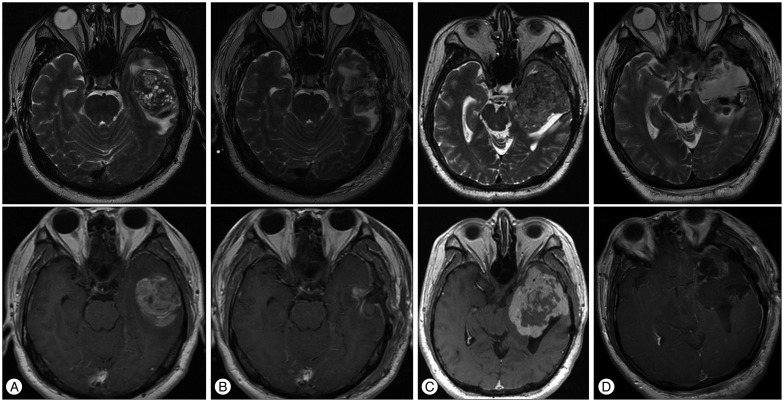




 PDF
PDF ePub
ePub Citation
Citation Print
Print


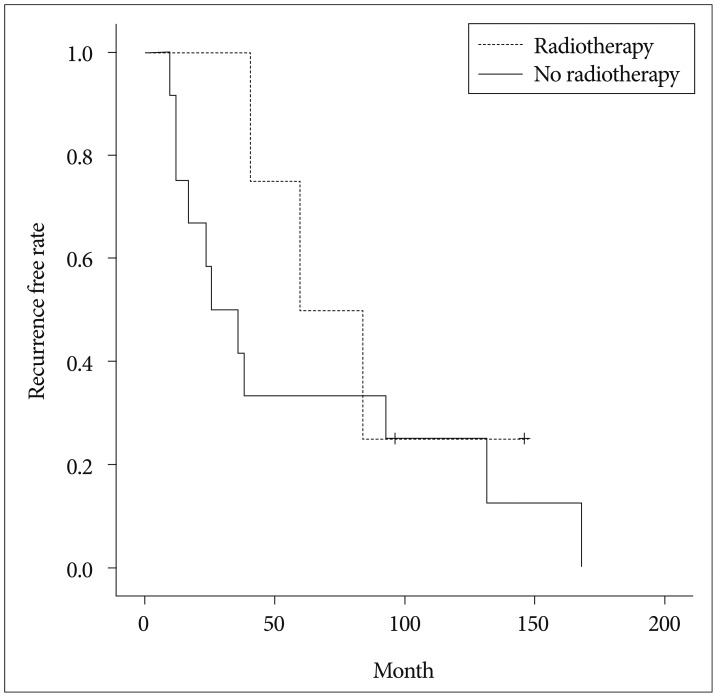


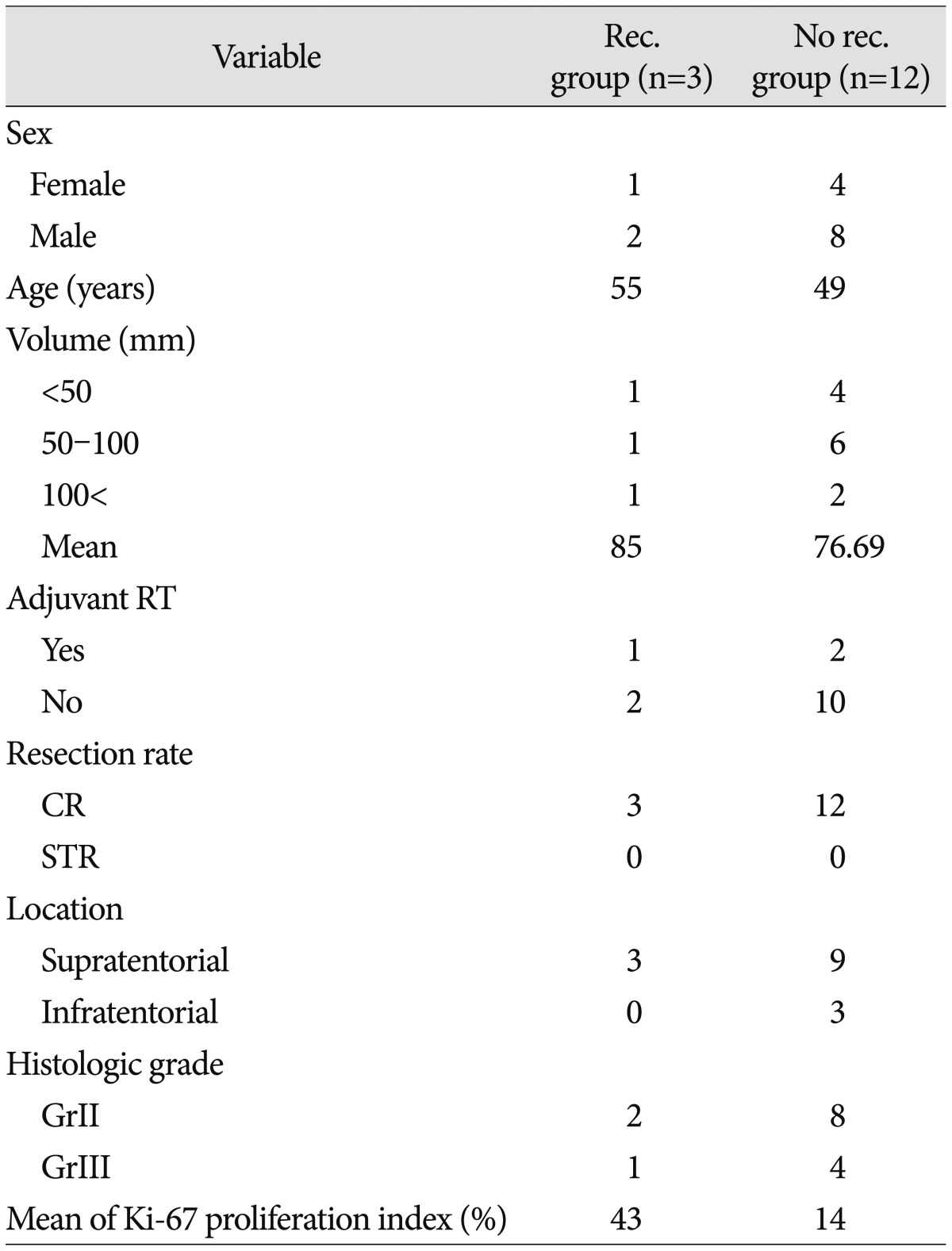
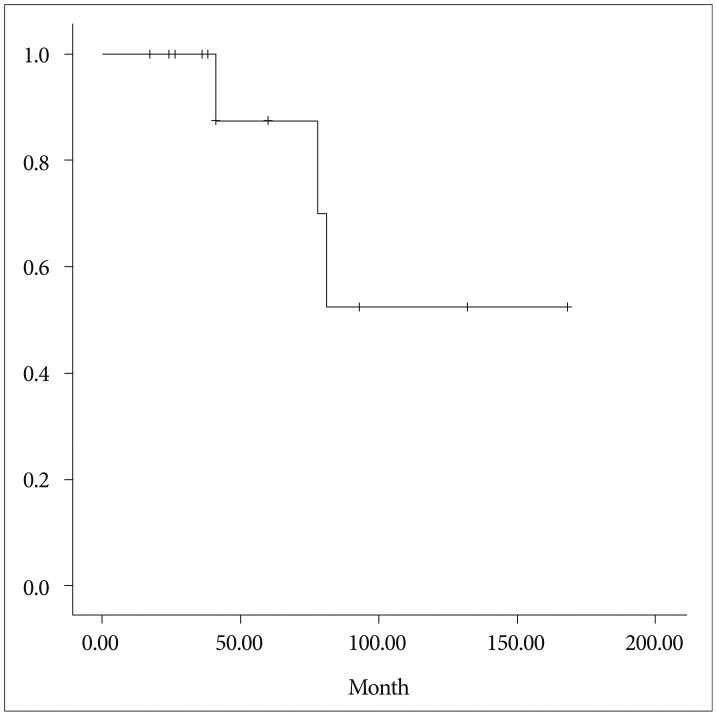
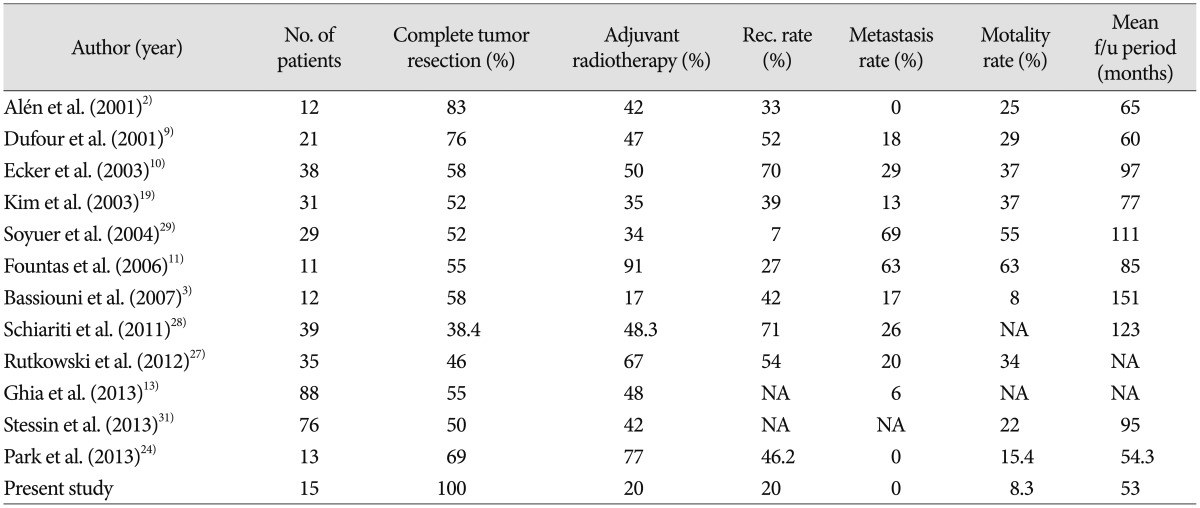
 XML Download
XML Download